In the mid-20th century, automakers introduced vinyl woodgrain paneling on station wagons, creating an iconic and nostalgic aesthetic. This design choice was influenced by various cultural, economic, and practical factors. Understanding the reasons behind this trend provides insight into the automotive industry’s evolution and consumer preferences of the time.
The Historical Roots of Wood Paneling on Vehicles
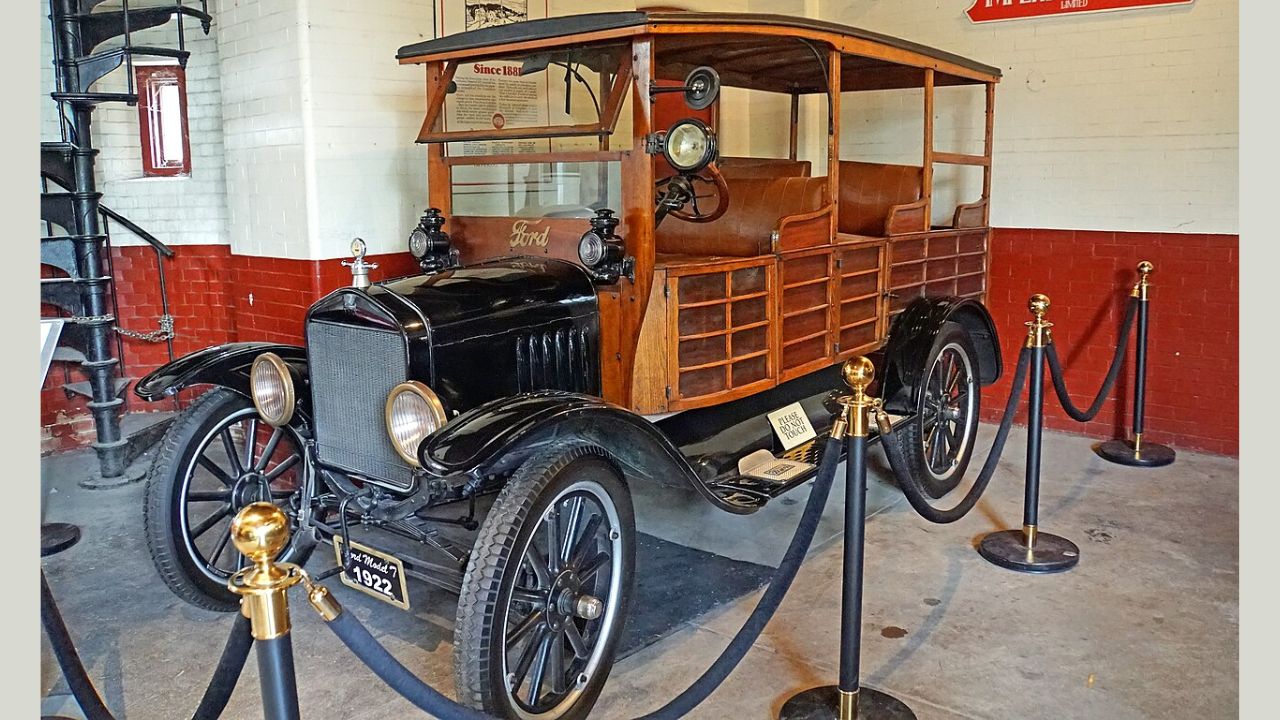
Initially, real wood was a practical material choice for building car bodies, especially in the 1920s and 1930s. During this era, automobiles often featured wooden frames and panels, which were readily available and relatively easy to work with. Wood offered certain advantages, such as being lightweight and versatile, which made it particularly suitable for constructing the bodies of early station wagons. These vehicles, often referred to as “woodies,” became popular for their functionality and classic charm, capturing the essence of an era when craftsmanship was highly valued.
The transition from real wood to imitation woodgrain was driven by advancements in materials technology. As the automotive industry evolved, manufacturers sought ways to reduce costs and improve durability. The introduction of vinyl woodgrain paneling offered a cost-effective solution that retained the visual appeal of wood while eliminating some of its drawbacks, such as susceptibility to weather damage and high maintenance requirements. This shift allowed automakers to mass-produce vehicles that maintained the aesthetic allure of wooden paneling without the associated challenges.
Cultural Appeal and Aesthetic Considerations
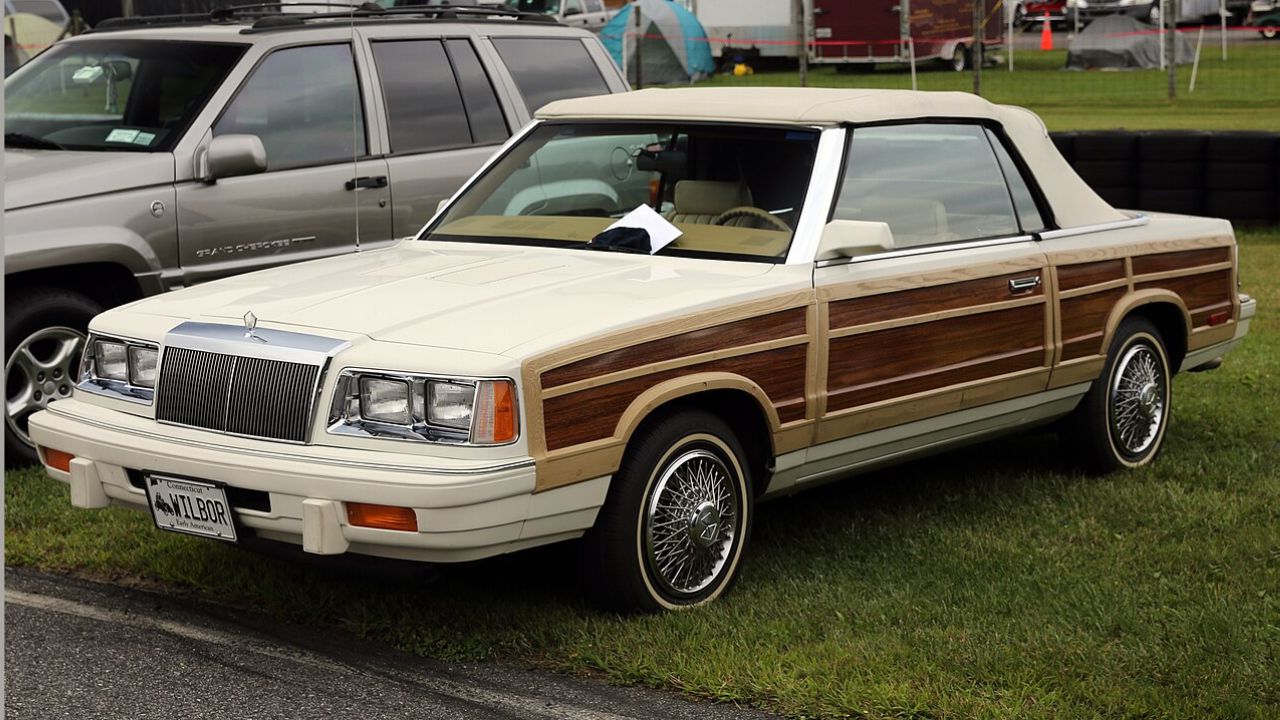
Vinyl woodgrain paneling resonated with consumers for its ability to evoke a sense of nostalgia and Americana. The design harkened back to the early days of automotive travel and the pioneering spirit of the American frontier. This connection to the past was particularly appealing in a post-war context, as the United States experienced a period of rapid growth and transformation. The woodgrain aesthetic became a symbol of stability and tradition, offering consumers a comforting link to simpler times.
The rise of the suburban lifestyle in the post-World War II era further influenced consumer tastes. As families flocked to the suburbs, the demand for practical and spacious vehicles grew. Station wagons with woodgrain paneling became synonymous with family life, leisure, and the great American road trip. This trend reflected the cultural shift towards prioritizing family-oriented experiences and the desire for vehicles that offered both functionality and style.
Marketing and Economic Factors
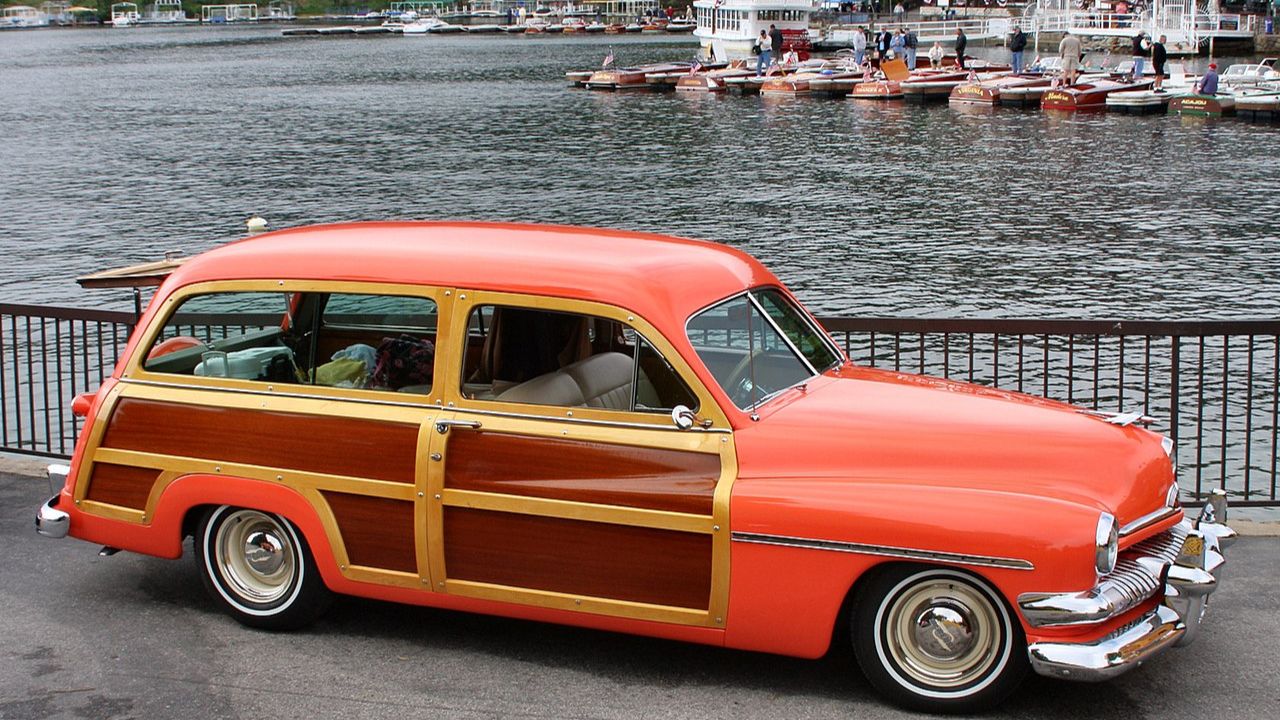
In a competitive automotive market, differentiation was key. Automakers used vinyl woodgrain to provide their products with a distinctive and upscale appearance. The woodgrain aesthetic was not only visually appealing but also suggested a level of sophistication and luxury. This marketing strategy allowed manufacturers to position their vehicles as premium options, attracting consumers who desired a touch of elegance and exclusivity in their family cars.
Beyond its visual appeal, vinyl woodgrain offered significant economic advantages. It was more cost-efficient to produce than real wood and required less maintenance, making it an attractive option for both manufacturers and consumers. The durability of vinyl meant that cars could withstand the elements better, prolonging the life of the vehicle’s exterior and maintaining its aesthetic appeal over time. This practicality made vinyl woodgrain a popular choice among cost-conscious consumers who still valued style.
The Evolution and Decline of the Woodgrain Trend
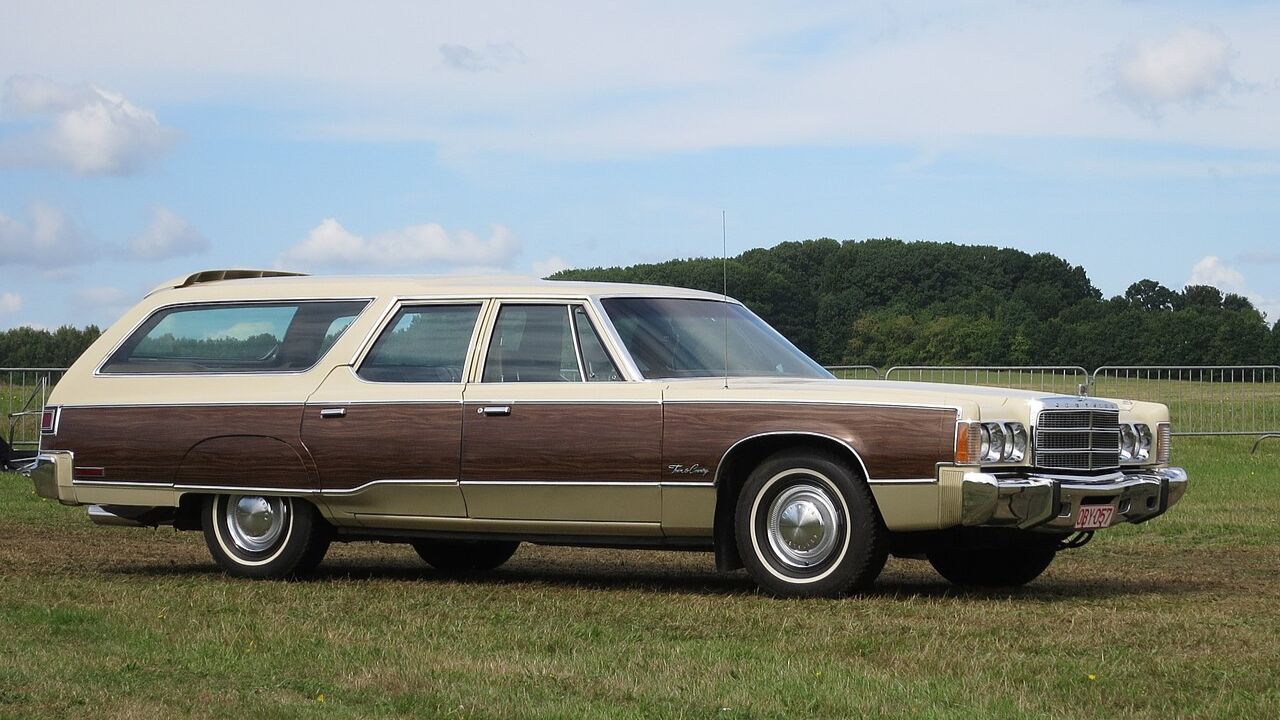
The peak of the woodgrain trend occurred during the 1960s and 1970s, a period when station wagons became emblematic of family travel and adventure. Vehicles like the Ford Country Squire and the Chrysler Town & Country became household names, synonymous with the idea of the family road trip. The woodgrain panels added a distinctive flair, setting these cars apart from other models on the road. However, as the decades progressed, the popularity of woodgrain began to wane.
Several factors contributed to the decline of the woodgrain trend in the late 20th century. Changing consumer preferences played a significant role, as buyers began to favor more modern and streamlined designs. Advances in car materials and technology also offered new possibilities for aesthetic innovation, steering manufacturers away from traditional woodgrain. The shift towards sport utility vehicles (SUVs) and minivans, which often featured sleeker designs, further contributed to the decline of the classic wood-paneled station wagon.
Legacy and Influence on Modern Automotive Design
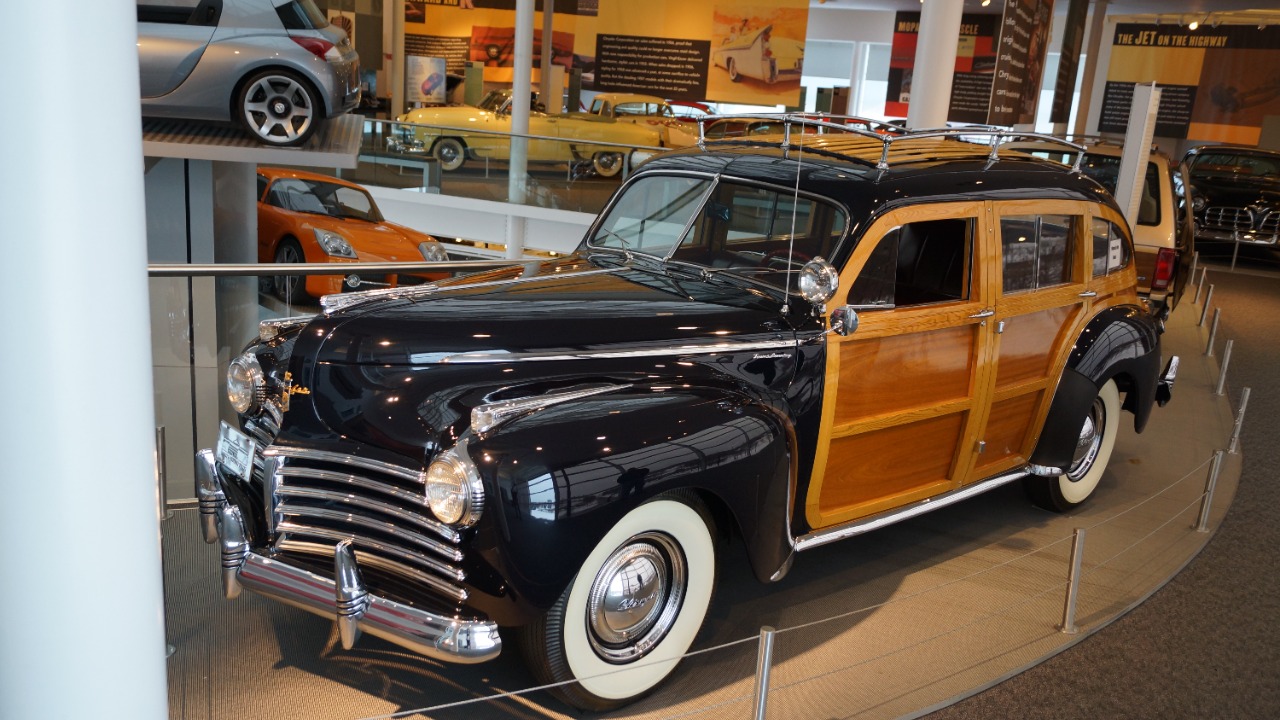
Despite its decline, the woodgrain aesthetic has never truly vanished from the automotive landscape. Instead, it has been revived in various forms, often as a nostalgic nod to the past. Some modern vehicles incorporate elements of the woodgrain look as part of a retro-inspired design, appealing to consumers who appreciate the charm and history associated with classic cars. Automakers like MINI and Jeep have experimented with woodgrain accents, creating special editions that celebrate this timeless aesthetic.
The influence of the woodgrain trend extends beyond design to impact automotive branding and marketing strategies. Car manufacturers continue to leverage nostalgia as a powerful tool for connecting with consumers. By incorporating elements of the past into modern designs, they tap into a collective memory that resonates with buyers on an emotional level. This approach underscores the enduring appeal of the woodgrain aesthetic, demonstrating its lasting impact on the automotive industry.
Like Fast Lane Only’s content? Be sure to follow us.
Here’s more from us:
*Created with AI assistance and editor review.

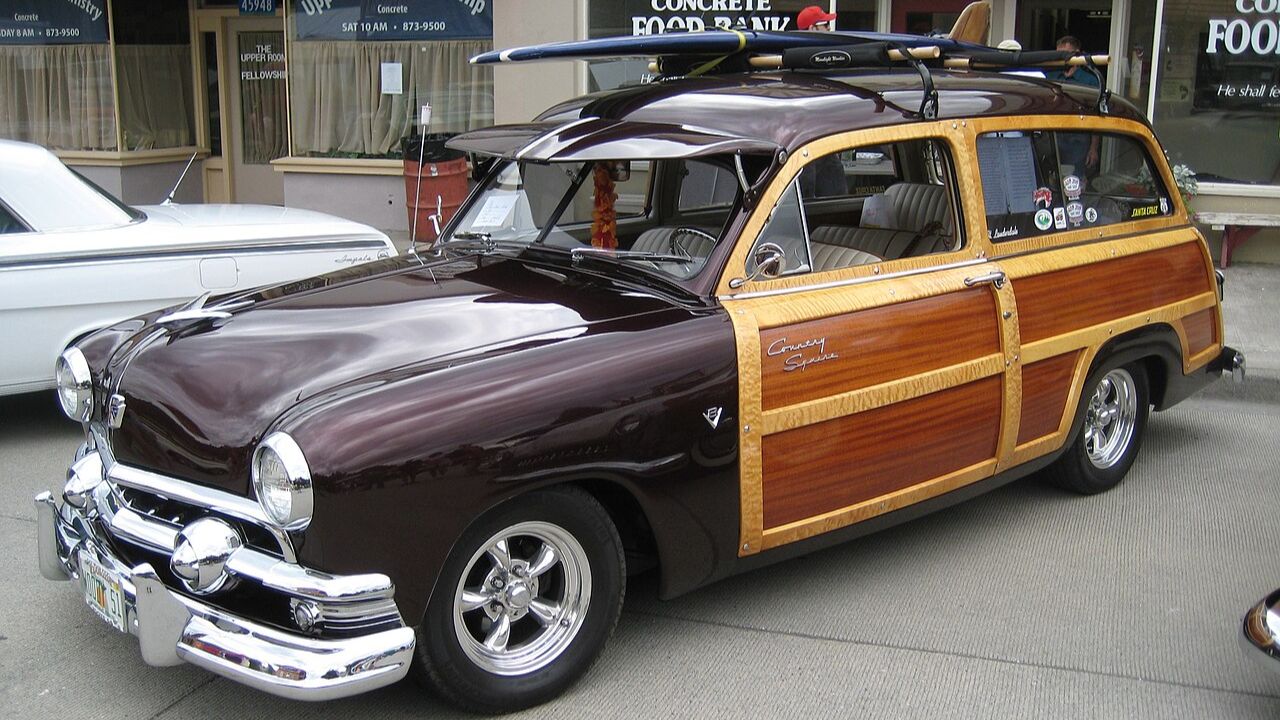


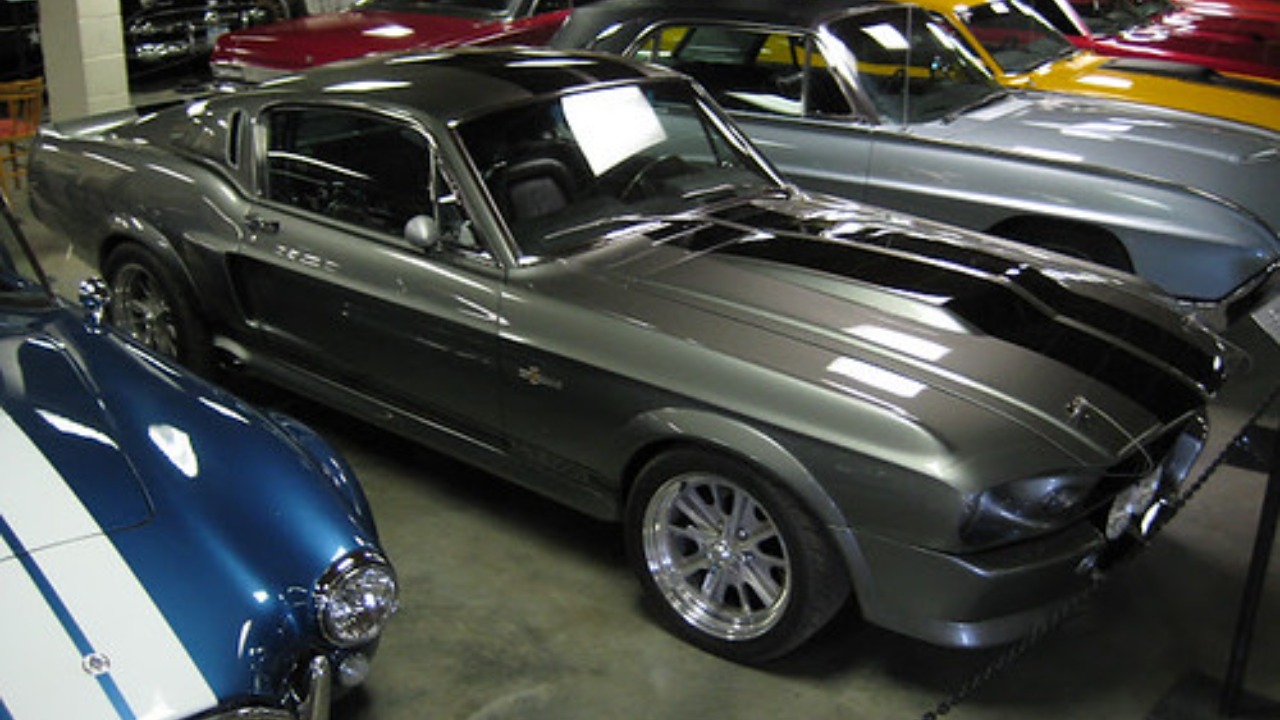
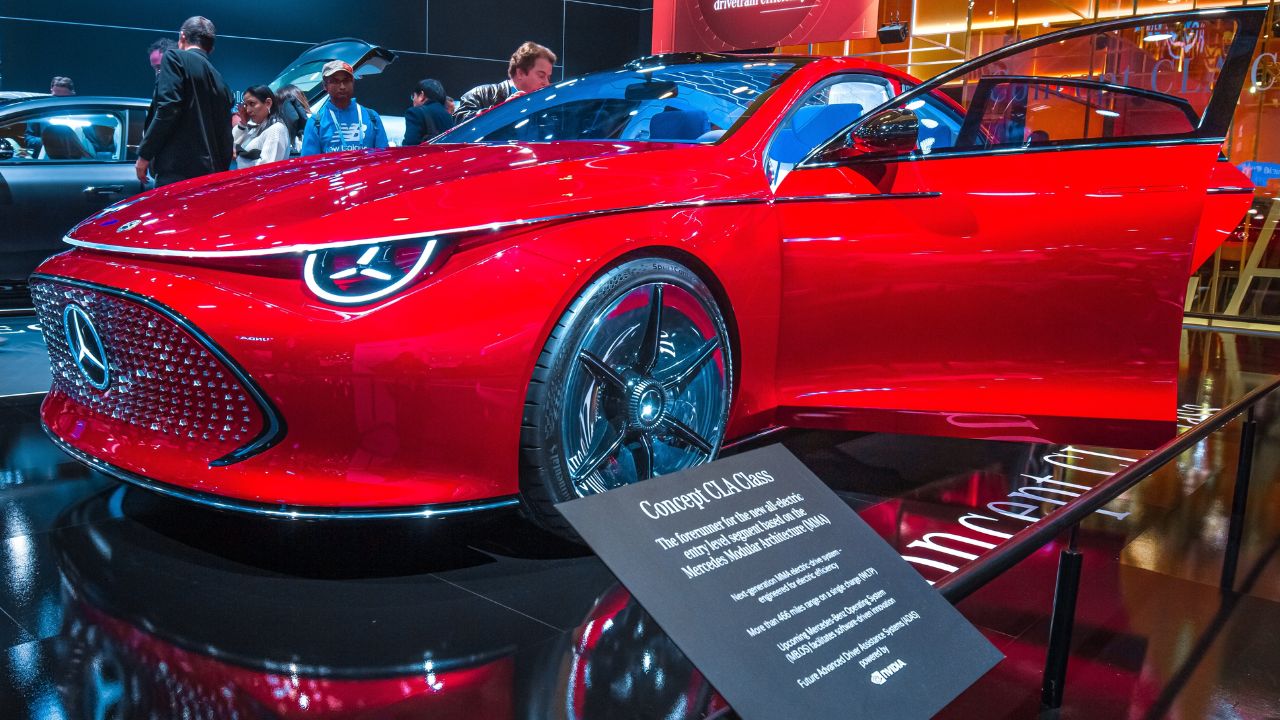
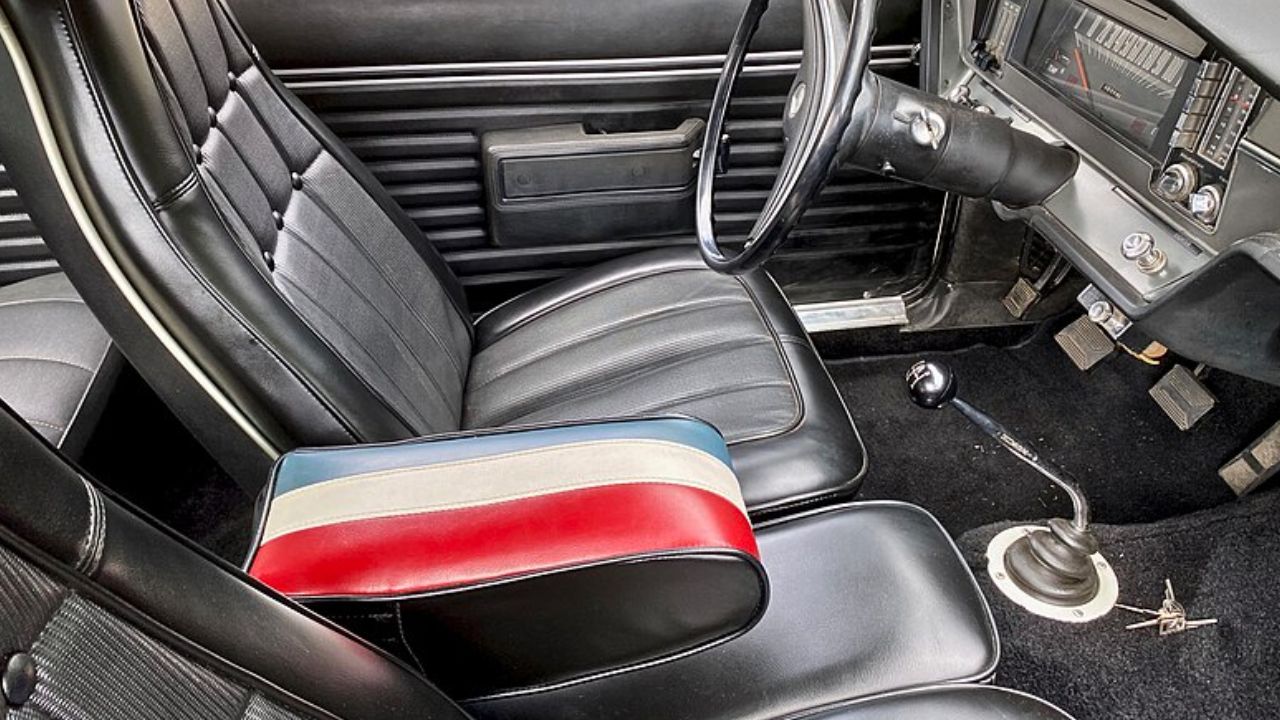
Leave a Reply